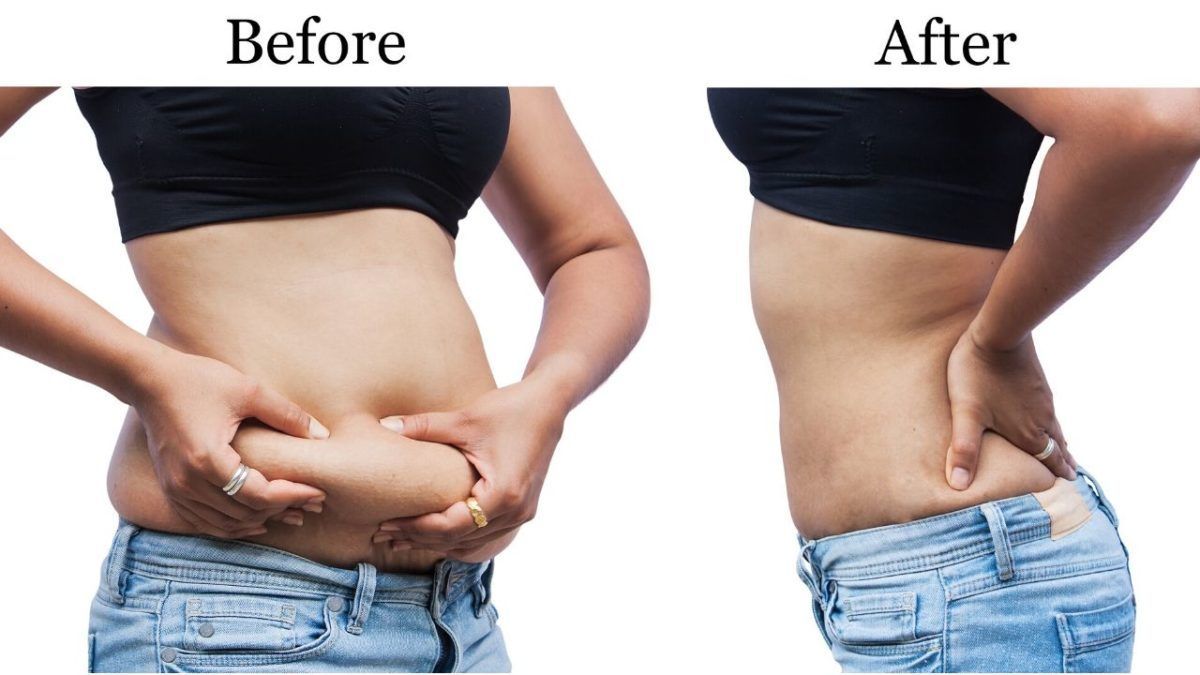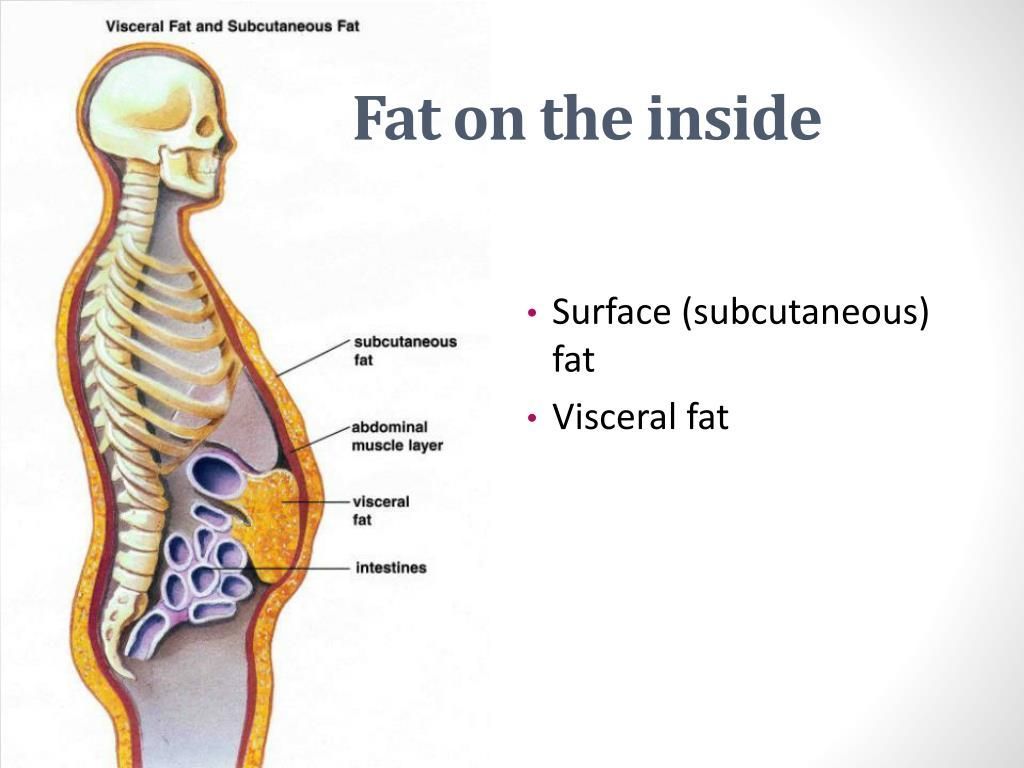PhotoBioModulation Therapy (PBMt) Solutions

Weight / Fat Loss
PBMt Red light therapy is great for losing inches and not muscle. It turns your body from a fat storage to fat burning machine.


Weight / Fat Loss
PBMt Red light therapy is great for losing inches and not muscle. It turns your body from a fat storage to fat burning machine.


Weight / Fat Loss
PBMt Red light therapy is great for losing inches and not muscle. It turns your body from a fat storage to fat burning machine.


We can help you with:
- Making your Clothes Baggy Again
- Eliminating Muffin Tops
- Spot Reducing
- Skin Shrinkage
- Reduce Stretch Marks
WHAT IS INVOLVED
3 One hour Sessions a week for 6 weeks
RESULTS
An Average Loss of 7 Inches to 23 Inches

We can help you with:
- Making your Clothes Baggy Again
- Eliminating Muffin Tops
- Spot Reducing
- Skin Shrinkage
- Reduce Stretch Marks
WHAT IS INVOLVED
3 One hour Sessions a week for 6 weeks
RESULTS
An Average Loss of 7 Inches to 23 Inches
We can help you with:
- Making your Clothes Baggy Again
- Eliminating Muffin Tops
- Spot Reducing
- Skin Shrinkage
- Reduce Stretch Marks
WHAT IS INVOLVED
3 One hour Sessions a week for 6 weeks
RESULTS
An Average Loss of 7 Inches to 23 Inches
What is Visceral Fat?
Visceral fat refers to a type of fat that’s stored within your abdominal cavity and can build up in arteries. It can increase the risk of certain health conditions, such as diabetes, prediabetes, and heart disease.
It’s healthy to have some body fat, but not all fat is created equal. Visceral fat is a type of body fat that’s located near several vital organs, including the: liver, stomach, intestines and can also build up in the arteries.
Visceral fat is sometimes referred to as “active fat” because it can actively increase the risk of serious health problems. If you have some belly fat, that’s not necessarily visceral fat. Belly fat can also be subcutaneous fat, which is stored just under the skin.
Subcutaneous fat, the type of fat also found in the arms and legs, is easier to see. Visceral fat is actually inside the abdominal cavity and isn’t easily seen.

What is Visceral Fat?
Visceral fat refers to a type of fat that’s stored within your abdominal cavity and can build up in arteries. It can increase the risk of certain health conditions, such as diabetes, prediabetes, and heart disease.
It’s healthy to have some body fat, but not all fat is created equal. Visceral fat is a type of body fat that’s located near several vital organs, including the: liver, stomach, intestines and can also build up in the arteries.
Visceral fat is sometimes referred to as “active fat” because it can actively increase the risk of serious health problems. If you have some belly fat, that’s not necessarily visceral fat. Belly fat can also be subcutaneous fat, which is stored just under the skin.
Subcutaneous fat, the type of fat also found in the arms and legs, is easier to see. Visceral fat is actually inside the abdominal cavity and isn’t easily seen.
What is Visceral Fat?
Visceral fat refers to a type of fat that’s stored within your abdominal cavity and can build up in arteries. It can increase the risk of certain health conditions, such as diabetes, prediabetes, and heart disease.
It’s healthy to have some body fat, but not all fat is created equal. Visceral fat is a type of body fat that’s located near several vital organs, including the: liver, stomach, intestines and can also build up in the arteries.
Visceral fat is sometimes referred to as “active fat” because it can actively increase the risk of serious health problems. If you have some belly fat, that’s not necessarily visceral fat. Belly fat can also be subcutaneous fat, which is stored just under the skin.
Subcutaneous fat, the type of fat also found in the arms and legs, is easier to see. Visceral fat is actually inside the abdominal cavity and isn’t easily seen.
-
Button
Click to Enlarge
How visceral fat is diagnosed
The only way to definitively diagnose visceral fat is with a CT or MRI scan. However, these are expensive and time-consuming procedures. Instead, healthcare providers will typically use general guidelines to evaluate your visceral fat and the health risks it poses to your body. According to research, about 10 percent of all body fat is visceral fat. If you calculate your total body fat and then take 10 percent of it, you can estimate the amount of visceral fat. An easy way to determine if you may be at risk for related health problems is to measure your waist. According to the Harvard T.H. Chan School of Public Health, if you’re a woman and your waist measures 35 inches or larger, you’re at risk for health problems from visceral fat. Men are at risk for health problems when their waist measures 40 inches or larger.
How it’s measured
You can’t measure your visceral fat percentage at home. However, you can figure out your waist-to-hip ratio (WHR) at home or ask your healthcare provider to determine this measurement for you. To calculate your WHR at home, follow these instructions: Stand up straight. Find, and measure, the smallest part of your waist. It’s usually right above the belly button. This measurement is your waist circumference. Find, and measure, the widest part of your hips or buttocks. This measurement is your hip circumference. Divide your waist circumference by your hip circumference. This is your WHR. According to a 2008 report by the World Health Organization (WHO), citing a 2001 study, a waist-to-hip ratio above .85 for women and .90 for men indicates abdominal obesity. It also increases the risk of metabolic complications such as diabetes. You can also use the waist-height ratio (WHtR). According to a 2020 study, the WHtR is particularly useful for people with type 1 diabetes. Researchers found that having a high WHtR was one of the best indicators that a person with type 1 diabetes also has a high percentage of visceral fat. It was considered a more reliable metric than the WHR, body mass index (BMI), and a body shape index (ABSI). Having a larger waist circumference was also strongly associated with a high visceral fat percentage. To calculate your WHtR at home, simply divide your waist circumference by your height. You can measure in either inches or in centimeters, as long as you measure your waist and height with the same units. An ideal WHtR is typically no greater than .50.
Complications of visceral fat
Visceral fat can start causing health problems immediately. It can increase insulin resistance, even if you’ve never had diabetes or prediabetes. Research has found that visceral fat contributes to insulin resistance. Multiple studies suggest that it’s because visceral fat secretes retinol binding protein 4 (RBP4), a protein that increases insulin resistance. Visceral fat can also raise blood pressure quickly. Most importantly, carrying excess visceral fat increases your risk for developing several serious and life threatening medical conditions. These include: heart attack and heart disease, type 2 diabetes, stroke, breast cancer, colorectal cancer and Alzheimer’s disease.
How to get rid of visceral fat
Visceral fat is extremely receptive to: exercise, diet and other lifestyle changes that help maintain a moderate weight. With each pound that you lose, you lose some visceral fat. It’s also important to follow a healthy, well-balanced diet. As often as possible, eliminate processed, high sugar foods from your diet and include more lean proteins, vegetables, and complex carbs, such as sweet potatoes, beans, and lentils.
Discover other lifestyle ways to reduce visceral fat. The stress hormone cortisol can actually increase how much visceral fat your body stores, so reducing the stress in your life will help make it easier to lose the fat Practice meditation, deep breathing, and other stress management tactics.
Visceral fat isn’t visible, so we don’t always know it’s there. That makes it that much more dangerous. On the other hand, it’s usually preventable. Maintaining a healthy, active, low-stress lifestyle can help prevent visceral fat from building up in excess in the abdominal cavity.
-
City skyline
ButtonClick to Enlarge
How visceral fat is diagnosed
The only way to definitively diagnose visceral fat is with a CT or MRI scan. However, these are expensive and time-consuming procedures. Instead, healthcare providers will typically use general guidelines to evaluate your visceral fat and the health risks it poses to your body. According to research, about 10 percent of all body fat is visceral fat. If you calculate your total body fat and then take 10 percent of it, you can estimate the amount of visceral fat. An easy way to determine if you may be at risk for related health problems is to measure your waist. According to the Harvard T.H. Chan School of Public Health, if you’re a woman and your waist measures 35 inches or larger, you’re at risk for health problems from visceral fat. Men are at risk for health problems when their waist measures 40 inches or larger.
How it’s measured
You can’t measure your visceral fat percentage at home. However, you can figure out your waist-to-hip ratio (WHR) at home or ask your healthcare provider to determine this measurement for you. To calculate your WHR at home, follow these instructions: Stand up straight. Find, and measure, the smallest part of your waist. It’s usually right above the belly button. This measurement is your waist circumference. Find, and measure, the widest part of your hips or buttocks. This measurement is your hip circumference. Divide your waist circumference by your hip circumference. This is your WHR. According to a 2008 report by the World Health Organization (WHO), citing a 2001 study, a waist-to-hip ratio above .85 for women and .90 for men indicates abdominal obesity. It also increases the risk of metabolic complications such as diabetes. You can also use the waist-height ratio (WHtR). According to a 2020 study, the WHtR is particularly useful for people with type 1 diabetes. Researchers found that having a high WHtR was one of the best indicators that a person with type 1 diabetes also has a high percentage of visceral fat. It was considered a more reliable metric than the WHR, body mass index (BMI), and a body shape index (ABSI). Having a larger waist circumference was also strongly associated with a high visceral fat percentage. To calculate your WHtR at home, simply divide your waist circumference by your height. You can measure in either inches or in centimeters, as long as you measure your waist and height with the same units. An ideal WHtR is typically no greater than .50.
Complications of visceral fat
Visceral fat can start causing health problems immediately. It can increase insulin resistance, even if you’ve never had diabetes or prediabetes. Research has found that visceral fat contributes to insulin resistance. Multiple studies suggest that it’s because visceral fat secretes retinol binding protein 4 (RBP4), a protein that increases insulin resistance. Visceral fat can also raise blood pressure quickly. Most importantly, carrying excess visceral fat increases your risk for developing several serious and life threatening medical conditions. These include: heart attack and heart disease, type 2 diabetes, stroke, breast cancer, colorectal cancer and Alzheimer’s disease.
How to get rid of visceral fat
Visceral fat is extremely receptive to: exercise, diet and other lifestyle changes that help maintain a moderate weight. With each pound that you lose, you lose some visceral fat. It’s also important to follow a healthy, well-balanced diet. As often as possible, eliminate processed, high sugar foods from your diet and include more lean proteins, vegetables, and complex carbs, such as sweet potatoes, beans, and lentils.
Discover other lifestyle ways to reduce visceral fat. The stress hormone cortisol can actually increase how much visceral fat your body stores, so reducing the stress in your life will help make it easier to lose the fat Practice meditation, deep breathing, and other stress management tactics.
Visceral fat isn’t visible, so we don’t always know it’s there. That makes it that much more dangerous. On the other hand, it’s usually preventable. Maintaining a healthy, active, low-stress lifestyle can help prevent visceral fat from building up in excess in the abdominal cavity.
-
City skyline
ButtonClick to Enlarge
How visceral fat is diagnosed
The only way to definitively diagnose visceral fat is with a CT or MRI scan. However, these are expensive and time-consuming procedures. Instead, healthcare providers will typically use general guidelines to evaluate your visceral fat and the health risks it poses to your body. According to research, about 10 percent of all body fat is visceral fat. If you calculate your total body fat and then take 10 percent of it, you can estimate the amount of visceral fat. An easy way to determine if you may be at risk for related health problems is to measure your waist. According to the Harvard T.H. Chan School of Public Health, if you’re a woman and your waist measures 35 inches or larger, you’re at risk for health problems from visceral fat. Men are at risk for health problems when their waist measures 40 inches or larger.
How it’s measured
You can’t measure your visceral fat percentage at home. However, you can figure out your waist-to-hip ratio (WHR) at home or ask your healthcare provider to determine this measurement for you. To calculate your WHR at home, follow these instructions: Stand up straight. Find, and measure, the smallest part of your waist. It’s usually right above the belly button. This measurement is your waist circumference. Find, and measure, the widest part of your hips or buttocks. This measurement is your hip circumference. Divide your waist circumference by your hip circumference. This is your WHR. According to a 2008 report by the World Health Organization (WHO), citing a 2001 study, a waist-to-hip ratio above .85 for women and .90 for men indicates abdominal obesity. It also increases the risk of metabolic complications such as diabetes. You can also use the waist-height ratio (WHtR). According to a 2020 study, the WHtR is particularly useful for people with type 1 diabetes. Researchers found that having a high WHtR was one of the best indicators that a person with type 1 diabetes also has a high percentage of visceral fat. It was considered a more reliable metric than the WHR, body mass index (BMI), and a body shape index (ABSI). Having a larger waist circumference was also strongly associated with a high visceral fat percentage. To calculate your WHtR at home, simply divide your waist circumference by your height. You can measure in either inches or in centimeters, as long as you measure your waist and height with the same units. An ideal WHtR is typically no greater than .50.
Complications of visceral fat
Visceral fat can start causing health problems immediately. It can increase insulin resistance, even if you’ve never had diabetes or prediabetes. Research has found that visceral fat contributes to insulin resistance. Multiple studies suggest that it’s because visceral fat secretes retinol binding protein 4 (RBP4), a protein that increases insulin resistance. Visceral fat can also raise blood pressure quickly. Most importantly, carrying excess visceral fat increases your risk for developing several serious and life threatening medical conditions. These include: heart attack and heart disease, type 2 diabetes, stroke, breast cancer, colorectal cancer and Alzheimer’s disease.
How to get rid of visceral fat
Visceral fat is extremely receptive to: exercise, diet and other lifestyle changes that help maintain a moderate weight. With each pound that you lose, you lose some visceral fat. It’s also important to follow a healthy, well-balanced diet. As often as possible, eliminate processed, high sugar foods from your diet and include more lean proteins, vegetables, and complex carbs, such as sweet potatoes, beans, and lentils.
Discover other lifestyle ways to reduce visceral fat. The stress hormone cortisol can actually increase how much visceral fat your body stores, so reducing the stress in your life will help make it easier to lose the fat Practice meditation, deep breathing, and other stress management tactics.
Visceral fat isn’t visible, so we don’t always know it’s there. That makes it that much more dangerous. On the other hand, it’s usually preventable. Maintaining a healthy, active, low-stress lifestyle can help prevent visceral fat from building up in excess in the abdominal cavity.
-
City skyline
ButtonClick to Enlarge
-
City skyline
ButtonClick to Enlarge
PhotoBioModulation Therapy WORKS!
-
City skyline
ButtonClick to Enlarge
Check Out Our Reviews

★★★★★
Very relaxing, great people. Lost an inch on my arms in my first session. Love Mr. Jiggles!
- Hollibird
Button
★★★★★
Not only have I lost lbs and inches, the motivational therapy helps me with stress and appetite control
-Linda W.
Button
★★★★★
I give the HEALUMINA® Therapy Pad a "Thumbs Up". I can now golf three days straight in a row. I had a hard time doing two days in a row before the HEALUMINA® Therapy Pad.
- Sandee S from Niceville, Florida
Button
★★★★★
I’ve had nothing but positive results with more energy and strength since I have been coming to Body Dynamic Solutions. I highly recommend the PBMt WholeBody Bed Treatments.
- Rebecca S from Valparaiso, Florida
Button
★★★★★
My knees are getting stronger, and they are staying stronger since I have been using the HEALUMINA® Therapy Pads at BDS PhotoBioModulation Clinic.
- George M from Niceville, Florida
Button
★★★★★
I would say the HEALUMINA® Therapy Pad has to be working because I couldn’t lift a club two weeks ago. I would guess it’s an 8 on the 1-10 scale.
- Alan C from Niceville, Florida
Button
NO DRUGS - NO PAIN - NO SURGERY
Safe and Non-Invasive
Schedule Your PBM Therapy Complimentary Consultation Today
Do Something Today That Your Future Self Will Thank You For!
Call Body Dynamic Solutions -
850-339-4300
BROWSE OUR WEBSITE
CONTACT INFORMATION
- Mon, Wed, Fri
- -
- Tue, Thu, Sat
- Appointment Only
- Sunday
- Closed









